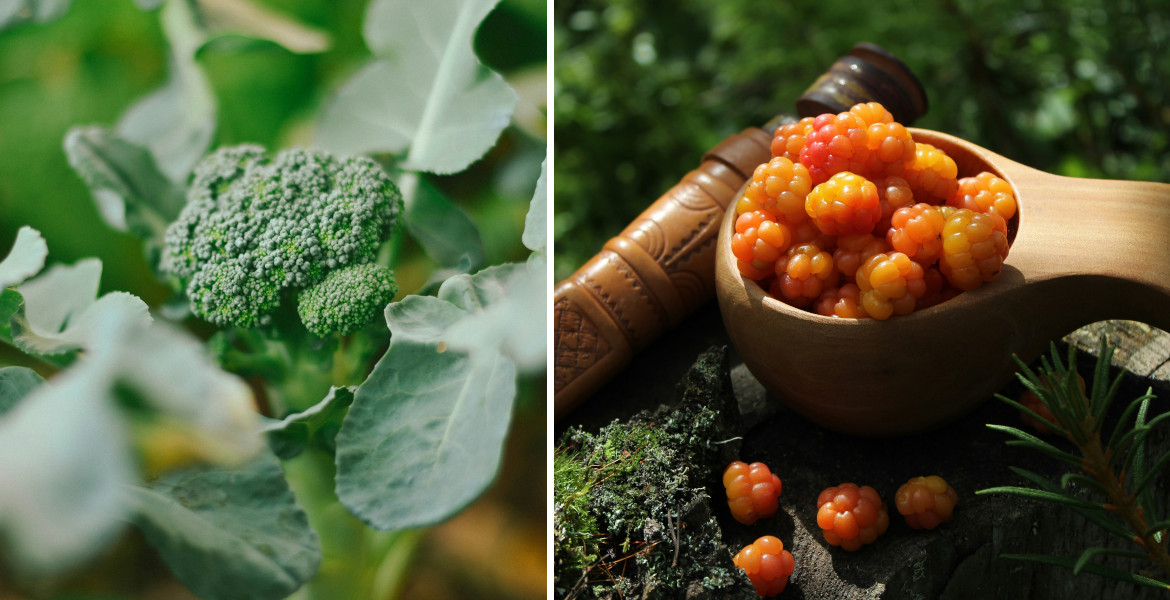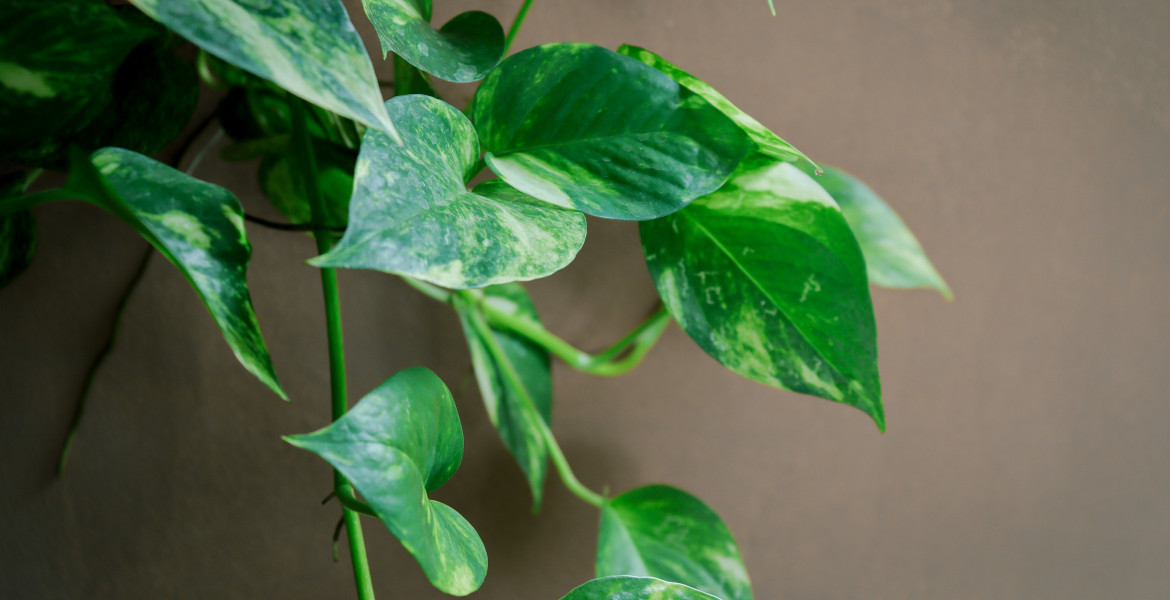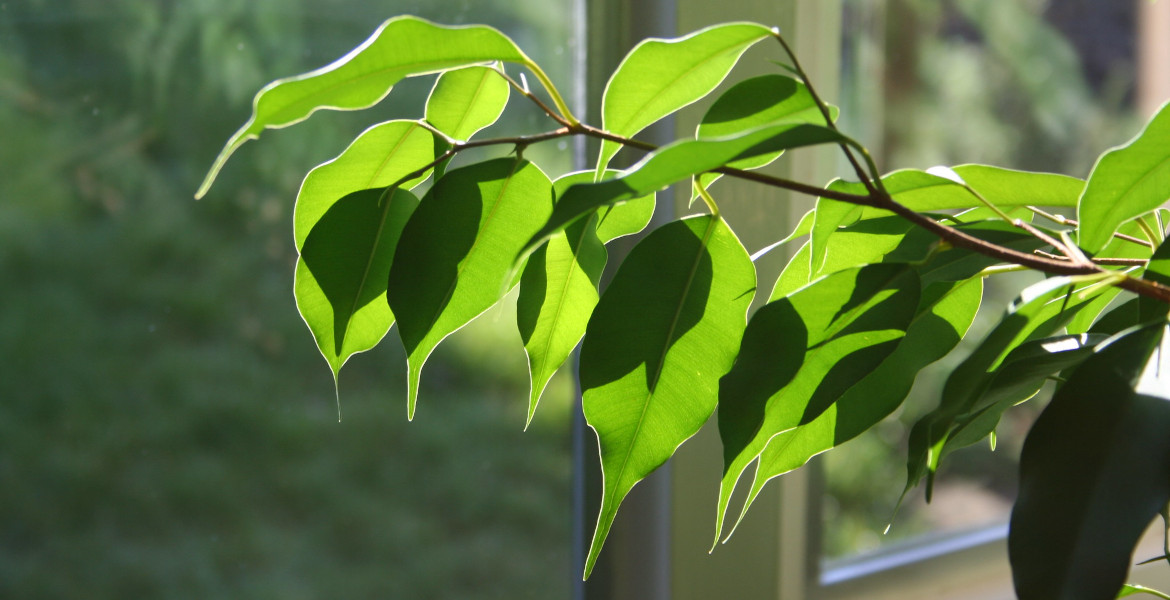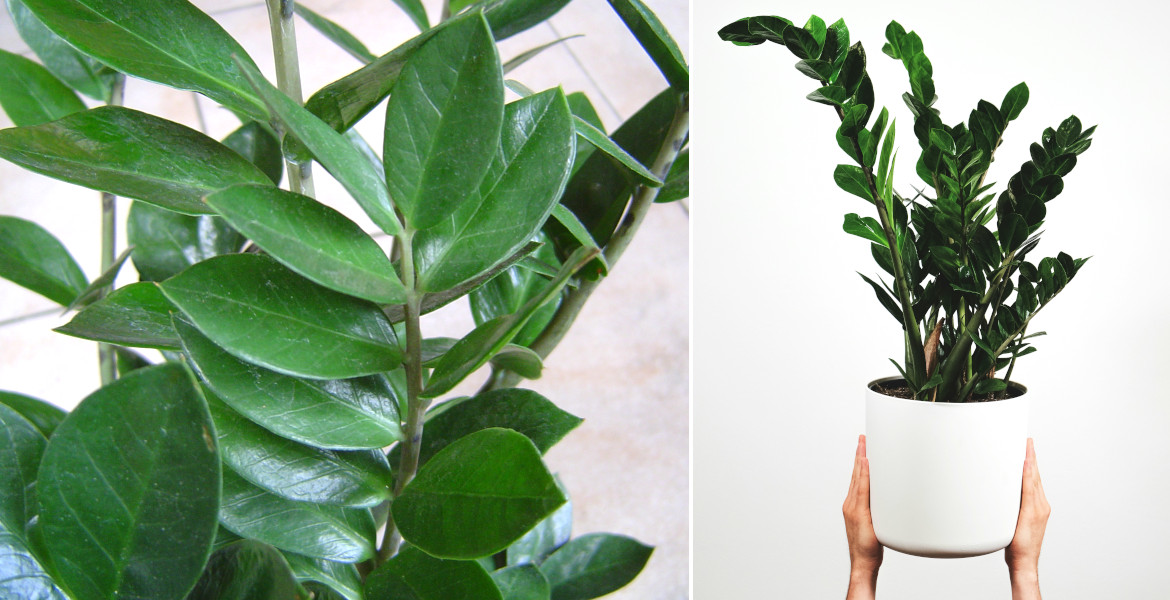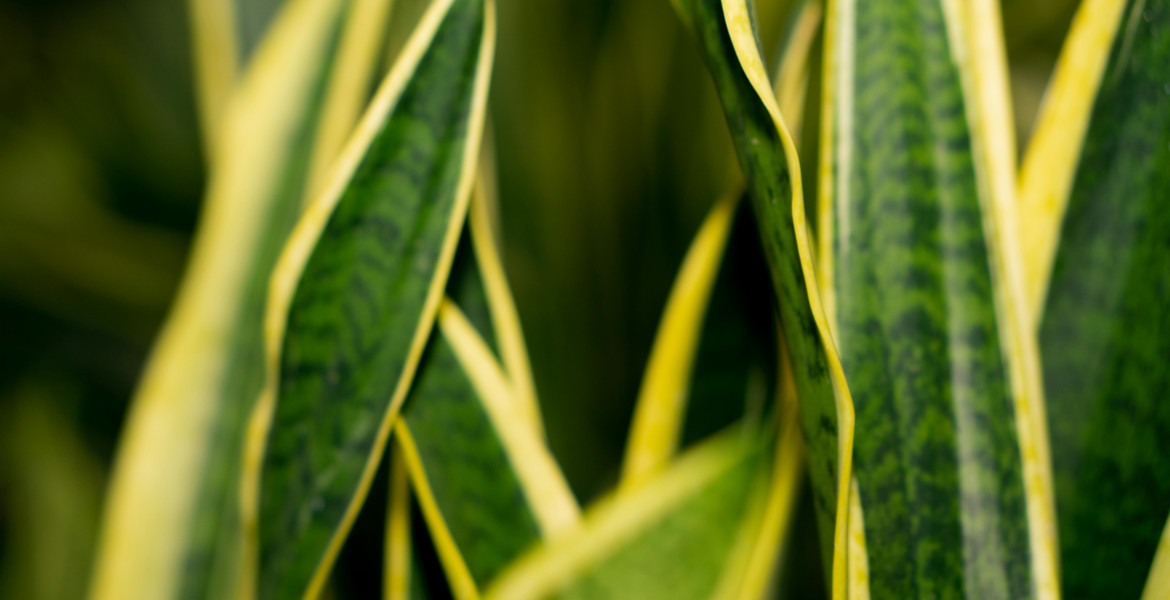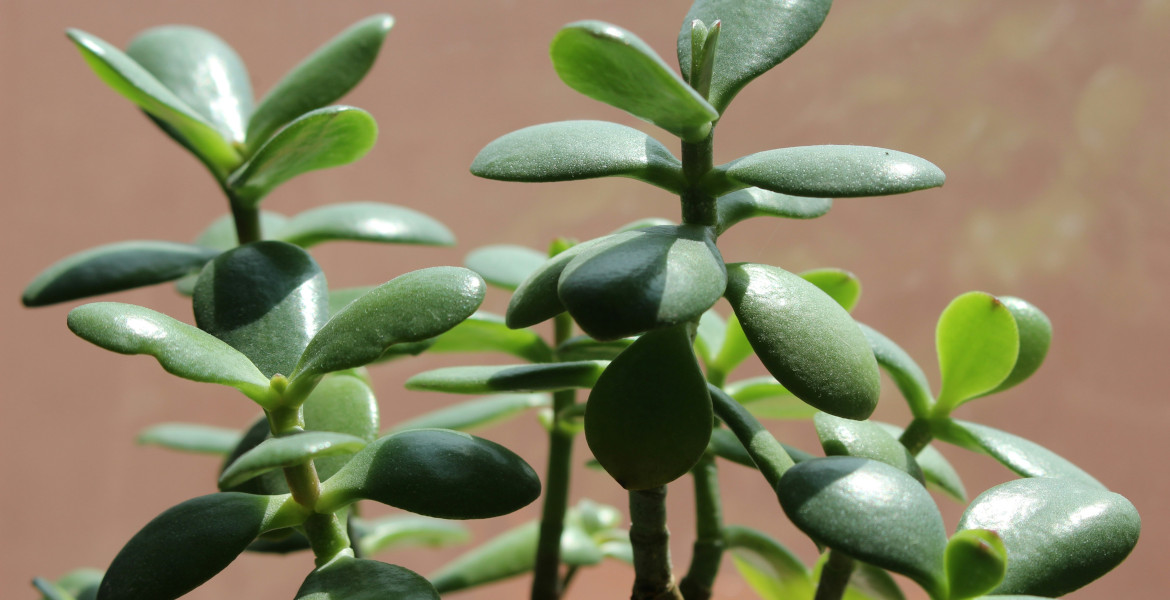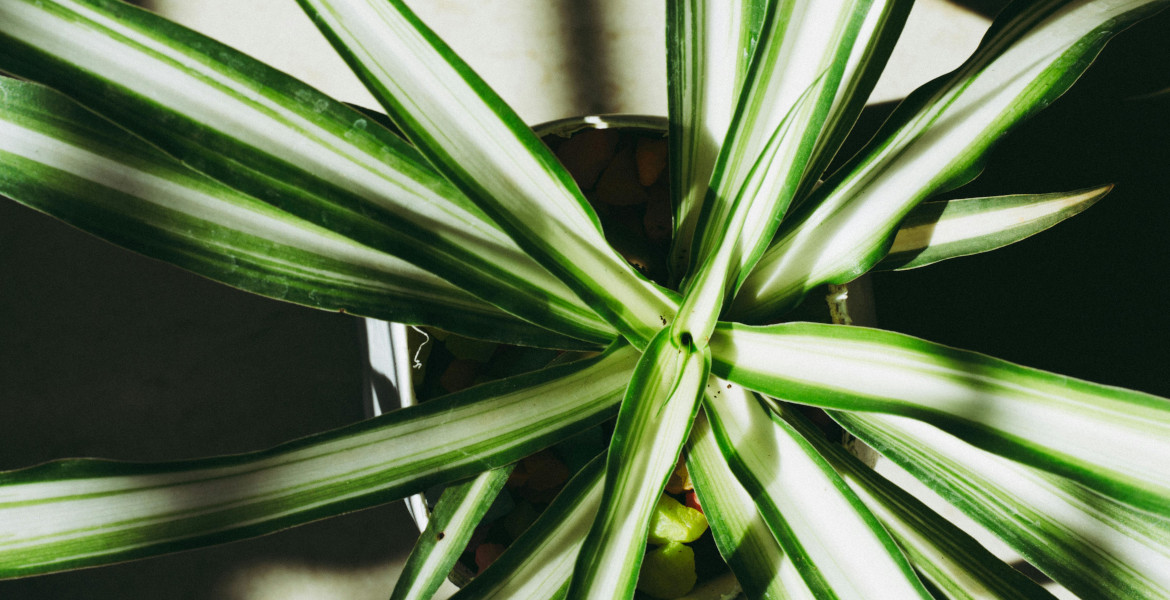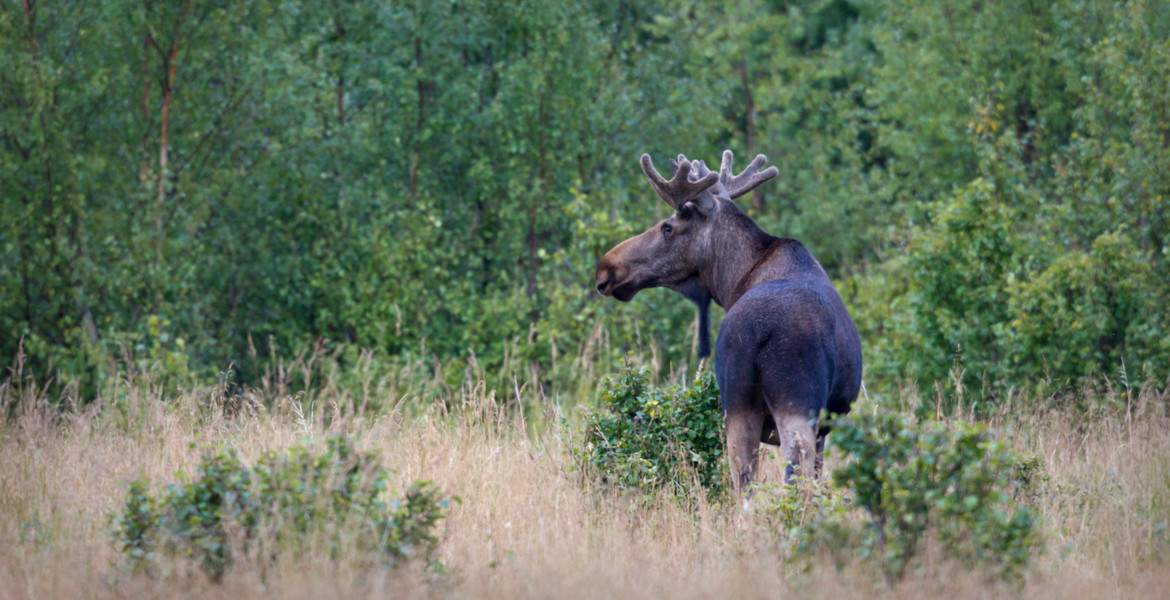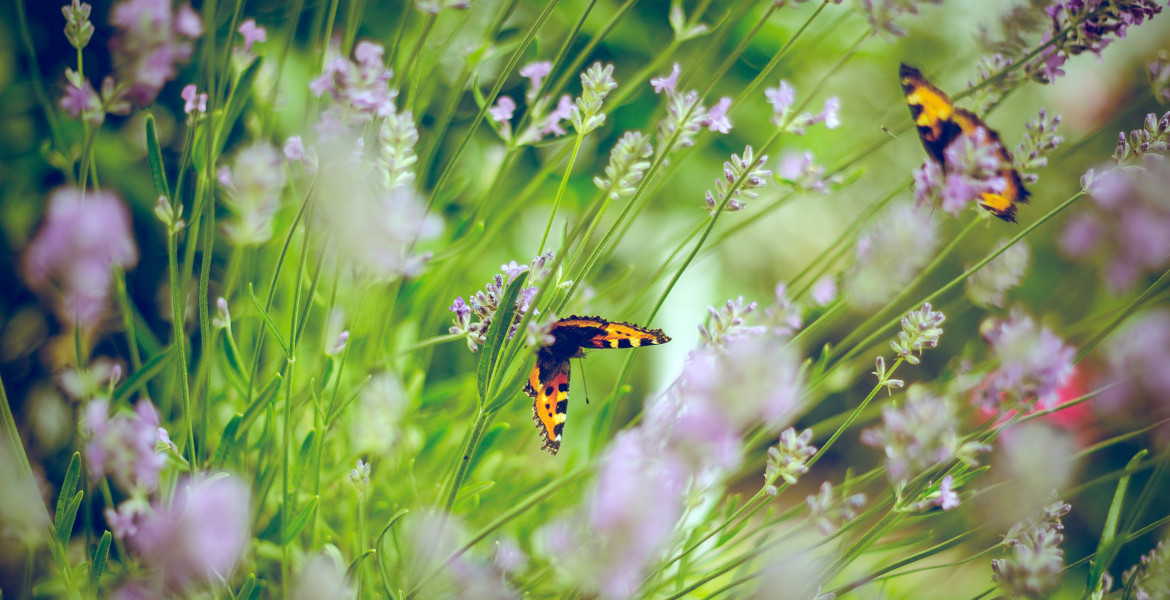Summer is slowly coming to an end – but in August, both gardens and nature are flourishing. Now everything from apples and zucchini to chanterelles and blueberries is being harvested, and it's now that many ingredients are at their very best.
August is the prime harvest month in Northern Europe – gardens, allotments, and forest edges are overflowing with fruit, vegetables, and berries. This is when flavors peak, as produce has had time to ripen naturally under the long summer days. Here are some of the nutritious foods harvested across Northern Europe in August.
Apples
Some apples can usually be harvested in August. Among others, the varieties Discovery, Alice, Transparente Blanche, according to ICA (Swedish grocery chain). Sure, it's nice to buy Swedish apples in the store, but if a neighbor or friend has an apple tree, maybe it's worth asking if it's okay to pick some without extra detours...
Cabbage varieties
Cabbage can easily be attacked by pests during cultivation, but if you've managed to avoid them, it's now that you can usually harvest many cabbage varieties. Broccoli and cauliflower are, for example, nutrient-dense vegetables that can be harvested in August. Broccoli contains more vitamin C, vitamin K, protein, iron and calcium compared to cauliflower, but both are good sources of fiber and also B vitamins.
August is also the main time you can find locally grown fennel in stores. It’s a crisp vegetable with a distinctive anise and licorice flavor, used both raw and cooked. Try it thinly sliced in salads or roasted in the oven. Fennel seeds are also a common bread spice.
Also, among others, white cabbage, black kale, napa cabbage and pointed cabbage are usually harvested in August.
Cucumber
The long cucumber is a popular greenhouse crop in Northern Europe, often eaten raw in salads or on sandwiches. Smaller pickling cucumbers are also common for preserves. Since cucumbers are very frost-sensitive, August is prime harvest time.
Zucchini
Zucchini can often be harvested as early as July, but in August the plants usually produce an abundance. It’s an excellent cooking vegetable, perfect for dishes like lasagna. Zucchini is rich in fiber, vitamins, and minerals.
Cherries
Right now cherries are growing in large numbers in gardens across Northern Europe, notes among others the magazine Land (Swedish agricultural publication). However, they are not sold on a large scale in stores, but even in these cases it can pay off to check with the neighbor if it's okay to pick a handful or two since they in many cases otherwise remain unpicked. In the refrigerator, the berries can keep for several weeks. Cherries are rich in antioxidants and also contain some vitamin C as well as potassium.
Radish and celery
The root vegetable daikon radish (similar to large radishes) can be used in all types of cooking, from stews to oven-roasted dishes. It’s also a key ingredient in the fermented Korean dish kimchi. Celery is also harvested in August, rich in vitamins and minerals, and tasty both raw and cooked.
Out in the forest...
It’s not only gardens that provide Northern Europe’s seasonal produce – nature offers treasures too. Right now is peak season for golden chanterelles, and wild raspberries can also be harvested (just watch out for larvae that sometimes hide in ripe berries). It’s also the season for the northern delicacy cloudberries, and of course, blueberries.
produc
